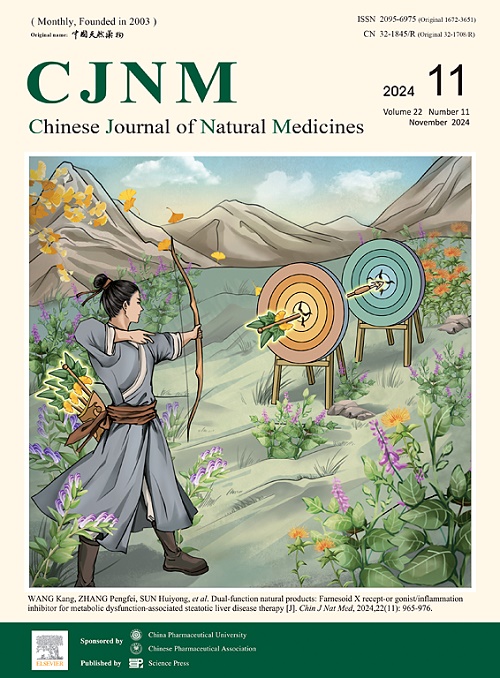Seco-cyclic phorbol derivatives and their anti-HIV-1 activities
Abstract
Phorbol esters are recognized for their dual role as anti-HIV-1 agents and as activators of protein kinase C (PKC). The efficacy of phorbol esters in binding with PKC is attributed to the presence of oxygen groups at positions C20, C3/C4, and C9 of phorbol. Concurrently, the lipids located at positions C12/C13 are essential for both the anti-HIV-1 activity and the formation of the PKC-ligand complex. The influence of the cyclopropane ring at positions C13 and C14 in phorbol derivatives on their anti-HIV-1 activity requires further exploration. This research entailed the hydrolysis of phorbol, producing seco-cyclic phorbol derivatives. The anti-HIV-1 efficacy of these derivatives was assessed, and the affinity constant (Kd) for PKC-δ protein of selected seco-cyclic phorbol derivatives was determined through isothermal titration calorimetry. The findings suggest that the chemical modification of cyclopropanols could affect both the anti-HIV-1 activity and the PKC binding affinity. Remarkably, compound S11, with an EC50 of 0.27 μmol·L−1 and a CC50 of 153.92 μmol·L−1, demonstrated a potent inhibitory effect on the intermediate products of HIV-1 reverse transcription (ssDNA and 2LTR), likely acting at the viral entry stage, yet showed no affinity for the PKC-δ protein. These results position compound S11 as a potential candidate for further preclinical investigation and for studies aimed at elucidating the pharmacological mechanism underlying its anti-HIV-1 activity.

 求助内容:
求助内容: 应助结果提醒方式:
应助结果提醒方式:


